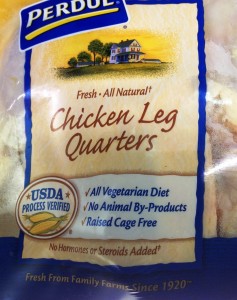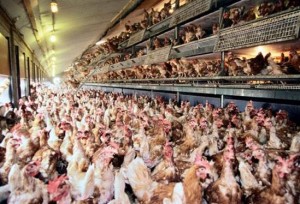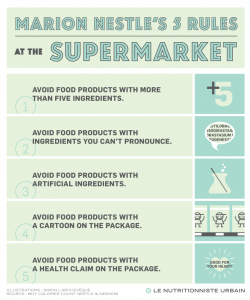One more on saving nutrition standards, this time WIC
This plea comes from the American Public Health Association (APHA):
APHA is partnering with the National WIC Association and other public health organizations to gather signatures on a letter urging Congress to reject any congressional intervention through the appropriations process to determine the composition of the WIC food packages.
The appropriate way to ensure that the WIC food package remains science-based is for USDA to engage the Institute of Medicine to conduct another review of the latest nutrition science, including consumption data.
…The potato industry remains unhappy about the potato’s exclusion from the WIC food packages, particularly in light of the release of the final food package rule. We fully expect members of both the House and Senate to propose amendments to the agriculture appropriations bills in their respective chambers mandating potatoes into the WIC food packages.
This would set a bad precedent that jeopardizes the scientific integrity of the WIC food packages.
Sign our sign-on letter to the House and Senate Appropriations Committees.
Please share the link with colleagues and friends!







